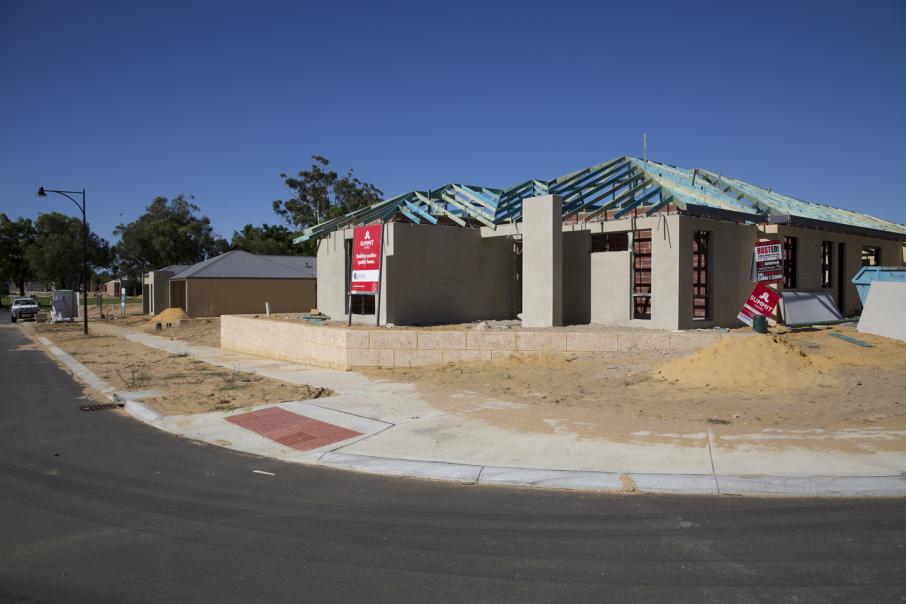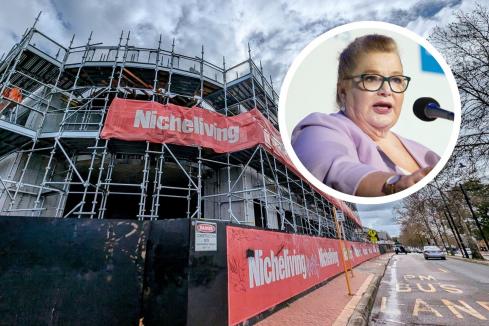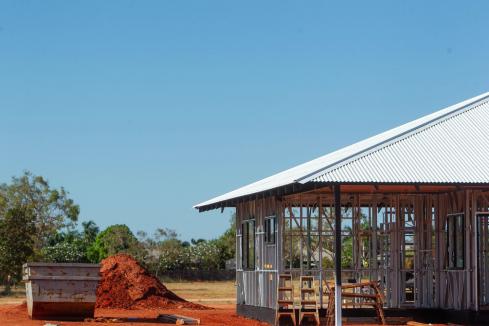Western Australia’s housing sector has been rated as the least healthy in the nation, however, the Housing Industry Association's twice-yearly Housing Scorecard is starting to indicate the market may be turning.


Western Australia’s housing sector has been rated as the least healthy in the nation, however, the Housing Industry Association's twice-yearly Housing Scorecard is starting to indicate the market may be turning.
The HIA said WA’s housing industry had been ranked in the bottom two states for the past two years, with all of its market indicators trending well below long-term averages.
HIA’s Housing Scorecard benchmarks current levels of activity against long-term averages in detached home building, multi-unit dwelling construction, renovations, construction labour force, housing finance and established home sales.
Multi-unit commencements in WA are currently tracking 45.8 per cent below the long-term average and new detached house commencements are 39.9 per cent under 10-year averages, the HIA said.
WA was the weakest state in the country in the value of alterations and additions approved, loans to first homebuyers, detached dwellings under construction and net interstate migration.
However, the HIA said there was a glimmer of hope emerging in WA’s residential construction market.
“For the first time in over six years, WA’s state score has increased for two consecutive quarters,” the report said.
“There was a modest strength in alterations and additions (total private expenditure) and multi-unit approvals.
“Net overseas migration also mounted a notable recovery with a net inflow of 2,940 people.”
While the report showed improvement in market indicators in WA was poor in comparison to the 10-year average, the HIA said most market segments were on the rise.
“The ongoing improvement in indicators along with the support from national polity initiatives including the easing of lending conditions, lower interest rates and income tax cuts should support ongoing improvement in building activity,” the report said.
Nationally, the report showed a convergence of building industry conditions as the Sydney and Melbourne markets decline from historical peaks.
“For much of the past decade there have been highly divergent market conditions between capital cities and even within each state,” the report said.
“This has challenged policy makers who were attempting to cool the boom in Sydney and Melbourne and in doing so, inadvertently exacerbated the downturn in markets in WA and Northern Queensland.”
Overall, Victoria was the strongest performing state, followed by Tasmania, the ACT and NSW.














